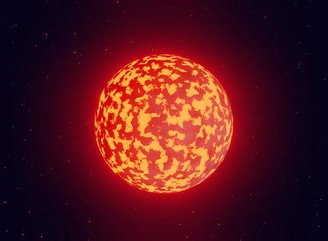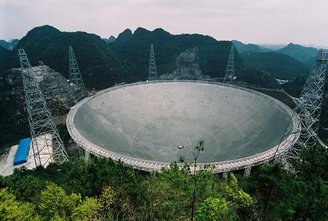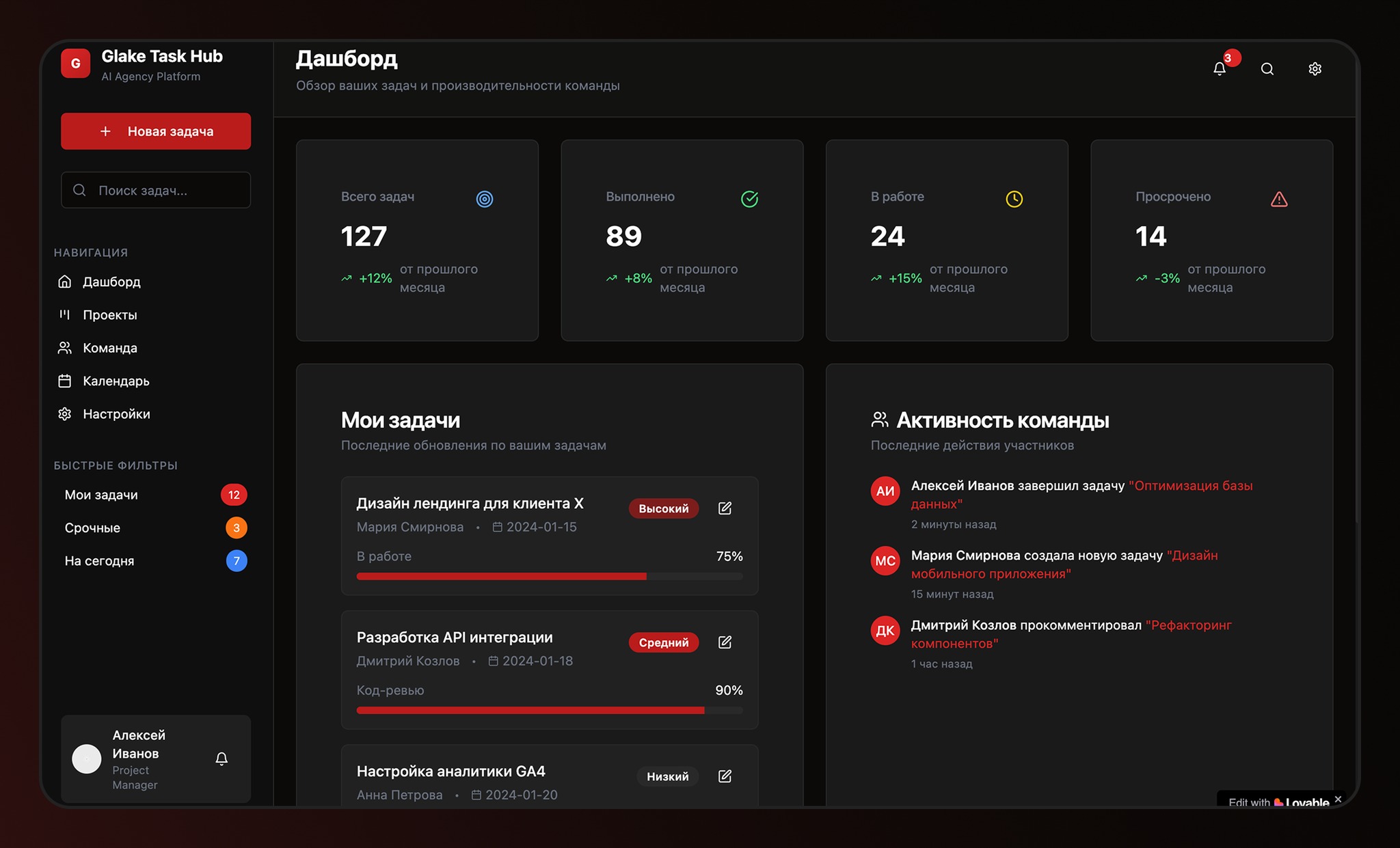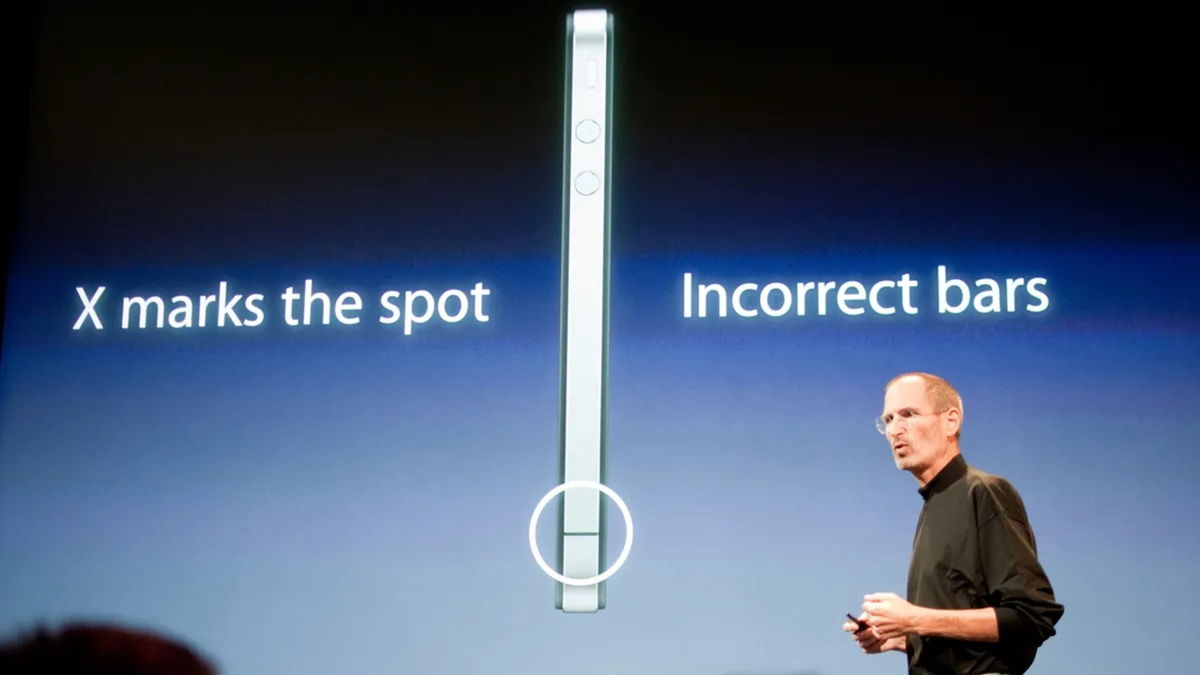A collaboration between researchers at the Federal Polytechnic School of Lausanne (EPFL) in Switzerland and the University of Bologna, Italy. explained how the sound produced by red stars could help the Gaia Space Telescope mission. The study was published in the journal Astronomy and Astrophysics.
Nothing contributed to the success of the European Space Agency (ESA) mission more than a chorus of 12,500 voices in the sky. To map the stars in the Milky Way.
The music emanating from the hearts of red stars and small clusters can contribute to even greater precision in the measurements Gaia takes, completing her beautiful 3D artwork. Learn more about how researchers achieved this feat and how listening to the music of the universe could be the future of astronomy.
Map of the Milky Way
ESA’s Gaia Space Telescope It was launched into space in 2013 with the mission of finding and recording stars in the Milky Way. We create a three-dimensional map of our galaxy.
It uses astrometry, a precise measurement of the position and movement of celestial bodies, to record stars. But no matter how precise this measurement is, how can we be sure? Another measure commonly used to ascertain the position of a celestial sphere, especially the stars, is the parallax measure.
We know Light may be deflected in space due to the curvature of space-timein addition to other intervening devices such as light from other stars, planets along the way, among other factors.
Parallax attempts to solve the problem of light aberration by analyzing the location from two viewpoints and triangulating it to record exactly where the object might be. However, it can still cause small errors, and when these errors occur in succession, they can compromise data. But there is an elegant way to be more confident about these measurements, and it may be in the sound of red giants!

Astero… what?
Researchers from EPFL and Bologna used A technique known as asteroseismology to listen to and study the sounds of 12,500 red stars spread across our galaxy..
Red giants are pulsating stars that change their light output at relatively standard intervals. These changes are captured and converted into sound waves. Each one has a unique sound that provides information about its location, composition, and even size! The authors of the study use the instruments of an orchestra as an example.
Even though the stringed instruments play the same note, you will be able to easily distinguish the difference between the violin, viola, and double bass. And if you thought of plate tectonics and geologists when you read about asteroseismology, you wouldn’t be wrong.

Just as ground vibrations provide data about the condition of the soil, depth, and materials that may be beneath the surface, this form of celestial measurement analyzes that data and converts light vibrations into sound. The team reported that they could hear the ‘song’ of stars 15 thousand light years away from us!
grand finale
After all the processing done to the sounds of the red giant chorus, researchers compare the data obtained in the study with the data provided by Gaia on these stars. The methods complemented each other perfectly, and listening to the stars proved to be an excellent way to confirm that the data was very accurate.
With this a three-dimensional map of Gaia update reliability. But unfortunately some stars are shy and cannot have a strong voice.

The asterosimology method is excellent for pulsating stars that vary in their light emissions. Some stars do not have these featuresTherefore, methods such as astrometry will need to be used to confirm its location, at least for now.
Researchers predict that missions such as TESS, NASA and PLATO, ESA, which investigate exoplanets in our galaxy, could benefit from this method and add more voices to the chorus in a short time.
Did you like the content? Stay up to date with more studies about our galaxy at TecMundo and take the opportunity to discover what the collision between the Milky Way and Andromeda would be like.
Source: Tec Mundo
I’m Blaine Morgan, an experienced journalist and writer with over 8 years of experience in the tech industry. My expertise lies in writing about technology news and trends, covering everything from cutting-edge gadgets to emerging software developments. I’ve written for several leading publications including Gadget Onus where I am an author.












